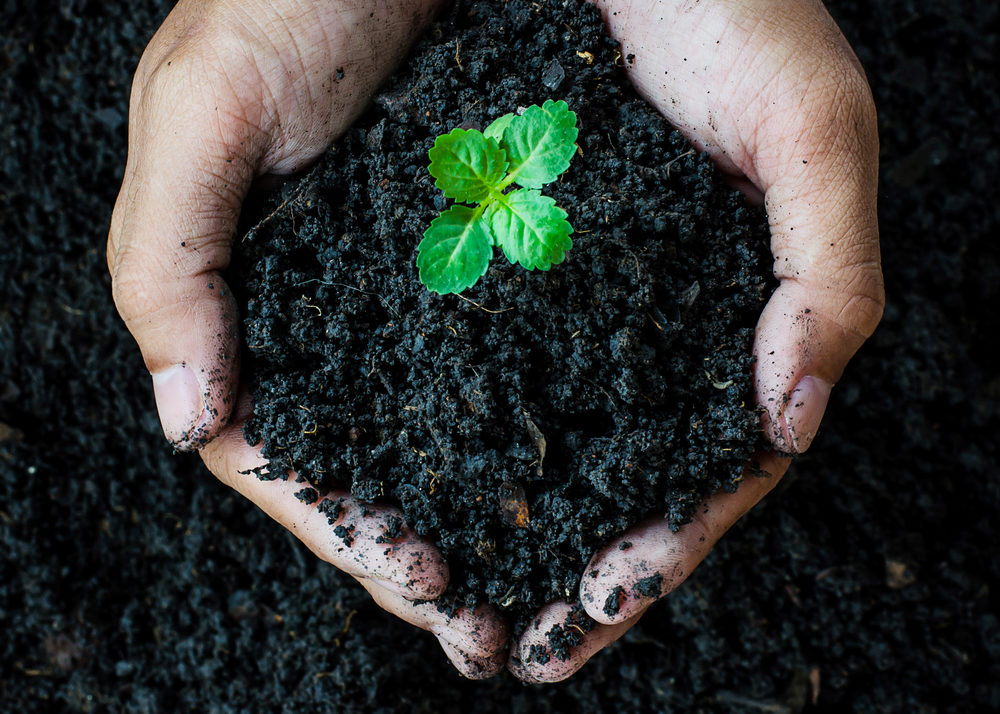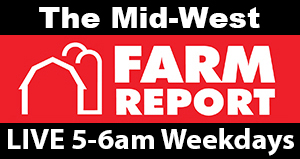
Wisconsin joins 27 other states that will gain from the more than $10.6 million investment from the USDA for 22 new projects that will drive public and private sector innovation in conserving natural resources. The competitive Conservation Innovation Grants program helps spur development and adoption of new conservation approaches and technologies.
This year the projects focused on: grazing lands, organic agriculture systems and soil health.
“Through USDA’s Conservation Innovation Grants, we are able to bring together a wide array of groups to drive innovation and spur cutting-edge projects here in Wisconsin,” said Angela Biggs, state conservationist with USDA’s Natural Resources Conservation Service (NRCS). “This year’s competition resulted in an impressive array of proposals that will ultimately benefit Wisconsin’s people who grow our food and fiber.”
Through this grant program, public and private grantees leverage the federal investment by providing a match or cost share that is at least equal to the amount of federal funding request.
Projects that will aid Wisconsin:
University of Wisconsin (WI, IA, PA)
Funds Requested: $1,127,673
Innovations in Cover Crop-Based Organic No-Till Systems to Improve Soil Health and Nutrient Management
Agricultural producers need more information about the best way to incorporate no-till agriculture into organic systems, where tillage is often used for weed control. The University of Wisconsin proposes to explore and demonstrate which innovations in cover crop selection, planting dates, roller type, planter modifications, and termination methods lead to the most successful organic no-till outcomes for soil health, corn and soybean yields, and farm profitability. Technology transfer, through Field Days, webinars, website articles, conference presentations, and testing of soil assessment tools, will help identify long-range impacts of organic no-till practices on soil, water and land resources.
Practical Farmers of Iowa (IL, IN, IA, MN, OH, WI)
Funds Requested: $1,039,158.86
Reviving Feed and Seed Markets to Grow Small Grains in the Corn Belt: A Market Solution for Climate and Water Protection in Agriculture
Practical Farmers of Iowa proposes to increase demand for small grains as animal feed and cover crop seed to provide crucial secondary markets needed for farmers to increase small grain acres in the Corn Belt. The project proposes to connect food companies’ desire for increasing sustainability of their supply chains with farmer desire to grow extended rotations that include small grains. Food companies will collaborate to create market solutions to increase demand and production of small grains for animal feed and cover crop seed, positively impacting water quality, soil health and greenhouse gas emissions.
The Food Group Minnesota Inc. (MN, WI)
Funds Requested: $377,075
Innovative Technology to Help Historically Underserved Farmers with Establishing, Maintaining and Evaluating Organic Practices
The Food Group Minnesota Inc. proposes to help historically underserved producers establish, maintain and evaluate organic practices on their farms, and to create innovative technology tools that support organic management decisions. The project represents collaboration between agriculture software companies and community-based organizations serving historically underserved, transitioning or organic producers, to increase accessibility to cutting-edge tools for this group of farmers.
NRCS funds Conservation Innovation Grants through the Environmental Quality Incentives Program. The maximum grant is $2 million per project, and projects can take up to three years. These projects are designed to engage eligible producers in conservation activities that accelerate the transfer and adoption of innovative conservation technologies and approaches. For more information, visit https://www.nrcs.usda.gov
